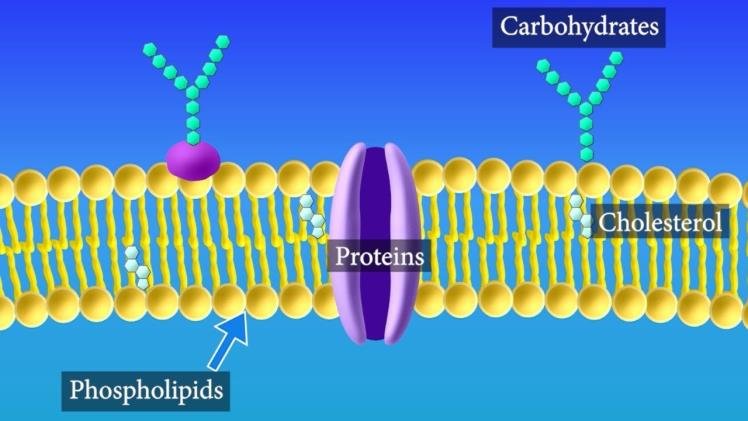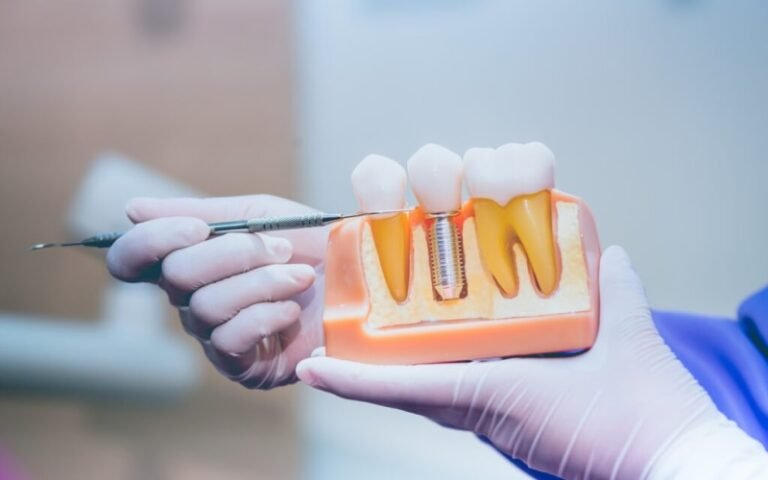Within the microscopic universe of cells lies an intricate network of structures known as organelles, each with a specific role crucial to the survival and function of the cell. These organelles, resembling tiny organs within a cell, work tirelessly in concert to ensure the cell’s growth, metabolism, and reproduction. Let’s delve into the fascinating world of cell organelles, exploring their structures and functions.
1. Nucleus: The Command Center
At the heart of every eukaryotic cell lies the nucleus, the command center that houses the cell’s genetic material, DNA. Surrounded by a double membrane known as the nuclear envelope, the nucleus contains the nucleolus, where ribosomal RNA synthesis occurs. The nucleus controls cellular activities by regulating gene expression and DNA replication, playing a pivotal role in cell division.
2. Mitochondria: Powerhouses of the Cell
Mitochondria are often hailed as the powerhouses of the cell due to their role in generating adenosine triphosphate (ATP), the cell’s primary energy currency. These bean-shaped organelles possess a double membrane structure with folds called cristae, which increase the surface area for ATP production through cellular respiration. Mitochondria also harbor their own DNA, suggesting an evolutionary origin from symbiotic bacteria.
3. Endoplasmic Reticulum (ER): Highway of the Cell
The endoplasmic reticulum is a complex network of membranes extending throughout the cell, divided into rough ER (studded with ribosomes) and smooth ER (lacking ribosomes). The rough ER is involved in protein synthesis and modification, while the smooth ER plays a role in lipid metabolism, detoxification, and calcium storage. The ER serves as a highway for intracellular transport, facilitating the movement of proteins and lipids within the cell.
4. Golgi Apparatus: Cellular Post Office
The Golgi apparatus acts as the cell’s post office, receiving, modifying, and packaging proteins and lipids synthesized in the endoplasmic reticulum. Consisting of flattened membranous sacs called cisternae, the Golgi apparatus sorts and directs these molecules to their destinations within the cell or for secretion outside the cell. It also produces lysosomes, organelles containing digestive enzymes for breaking down waste materials.
5. Lysosomes: Cellular Cleanup Crew
Lysosomes are small, membrane-bound organelles filled with hydrolytic enzymes responsible for breaking down macromolecules, cellular debris, and foreign invaders through a process known as autophagy. These enzymes function optimally in an acidic environment maintained within the lysosome. Lysosomes play a crucial role in cellular recycling, nutrient mobilization, and defense against pathogens.
6. Peroxisomes: Detoxification Centers
Peroxisomes are specialized organelles involved in detoxification processes, particularly the breakdown of hydrogen peroxide (a byproduct of cellular metabolism) into water and oxygen via catalase enzyme. Additionally, peroxisomes are involved in lipid metabolism, including the synthesis of bile acids and plasmalogens. These organelles contribute to cellular homeostasis and protect the cell from oxidative damage.
7. Vacuoles: Storage Units
Vacuoles are membrane-bound sacs found in plant, fungal, and some protist cells, serving various functions such as storage of nutrients, waste products, and pigments, as well as maintaining turgor pressure to support the cell’s structure. In plants, central vacuoles also play a role in regulating ion concentrations and pH balance within the cell.
8. Chloroplasts: Sites of Photosynthesis
Chloroplasts are unique organelles found in plant cells and some protists, responsible for photosynthesis, the process by which light energy is converted into chemical energy in the form of glucose. Chloroplasts contain chlorophyll pigments, which capture light energy, along with various enzymes and molecules necessary for the photosynthetic reactions. These organelles have a double membrane structure and their own DNA, similar to mitochondria.
In conclusion, cell organelles showcase the remarkable complexity and organization inherent in cellular biology. From the nucleus orchestrating genetic activities to the mitochondria powering cellular processes, each organelle plays a vital role in maintaining the cell’s functionality and viability. Understanding the structure and function of these organelles provides invaluable insights into the fundamental processes of life.








